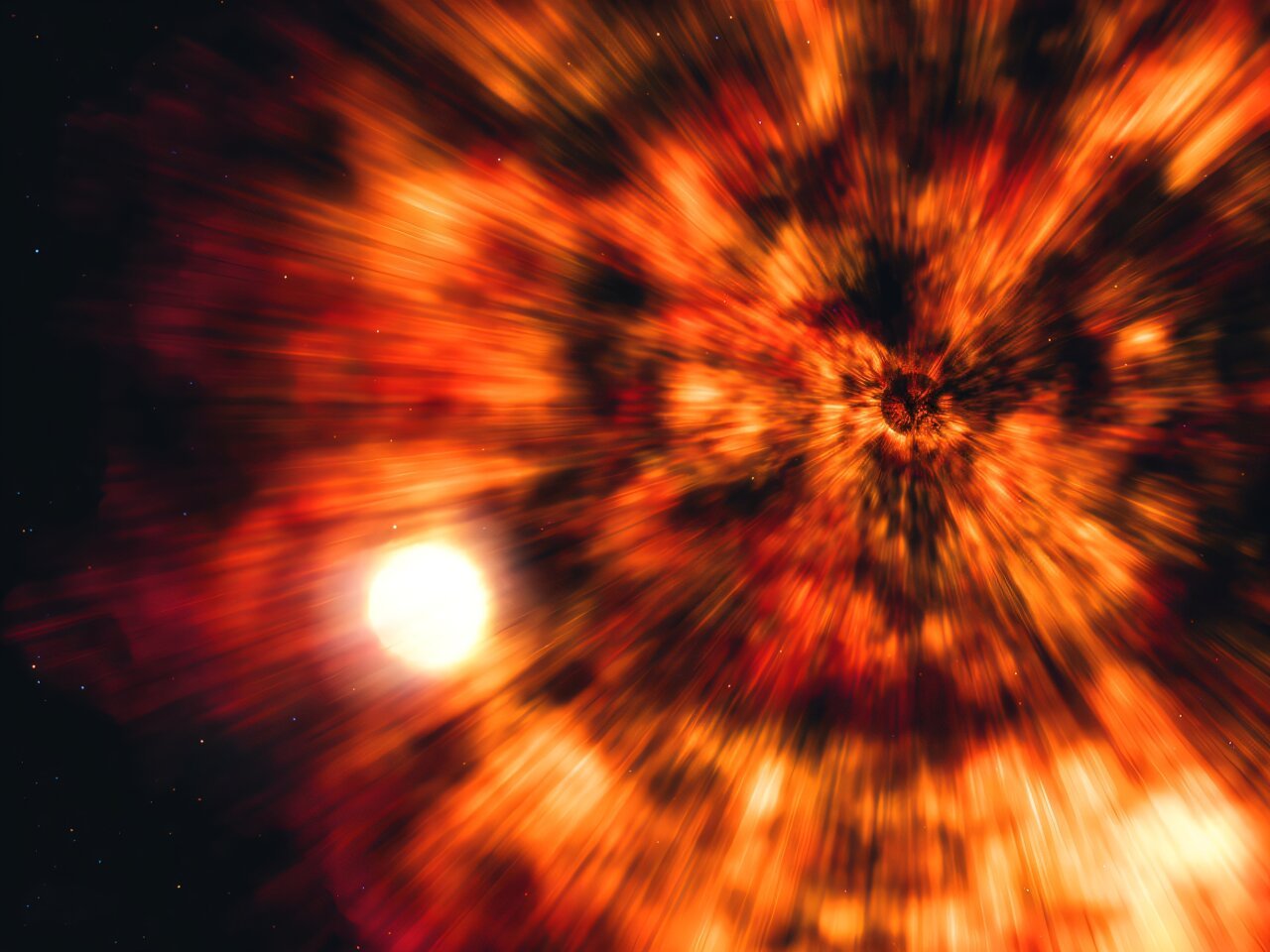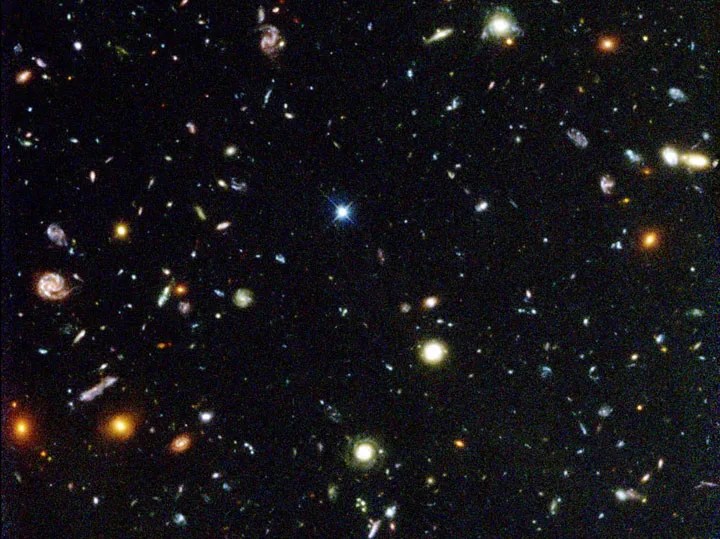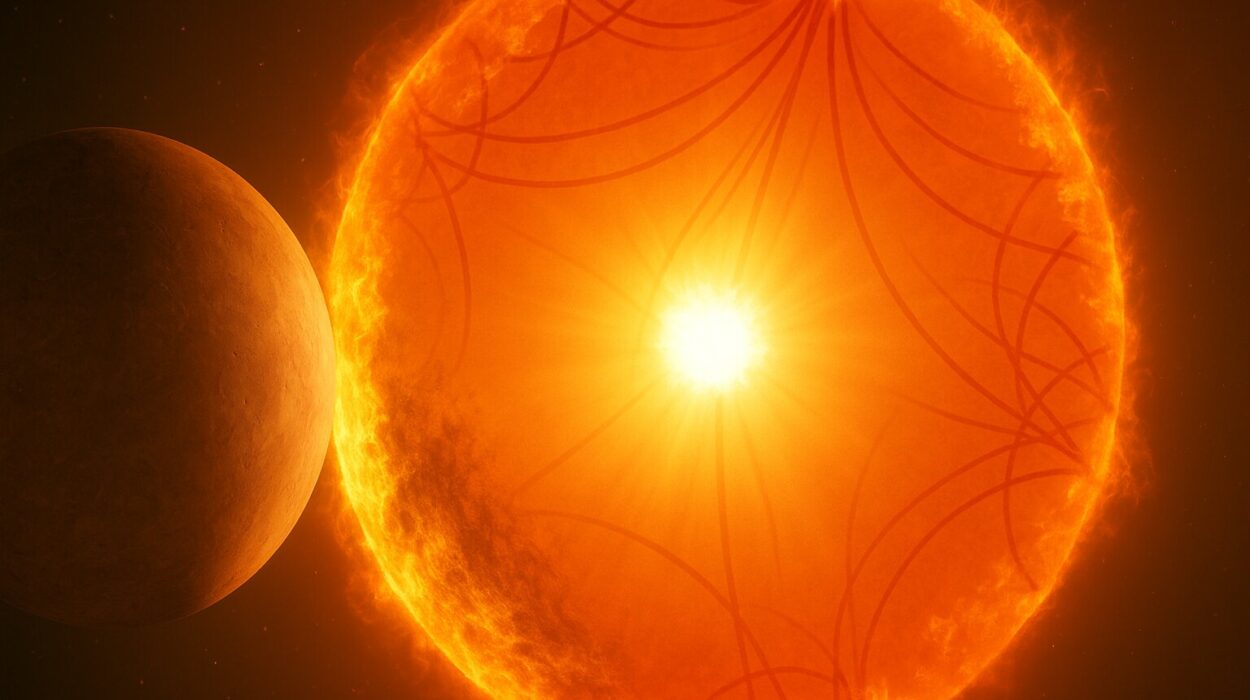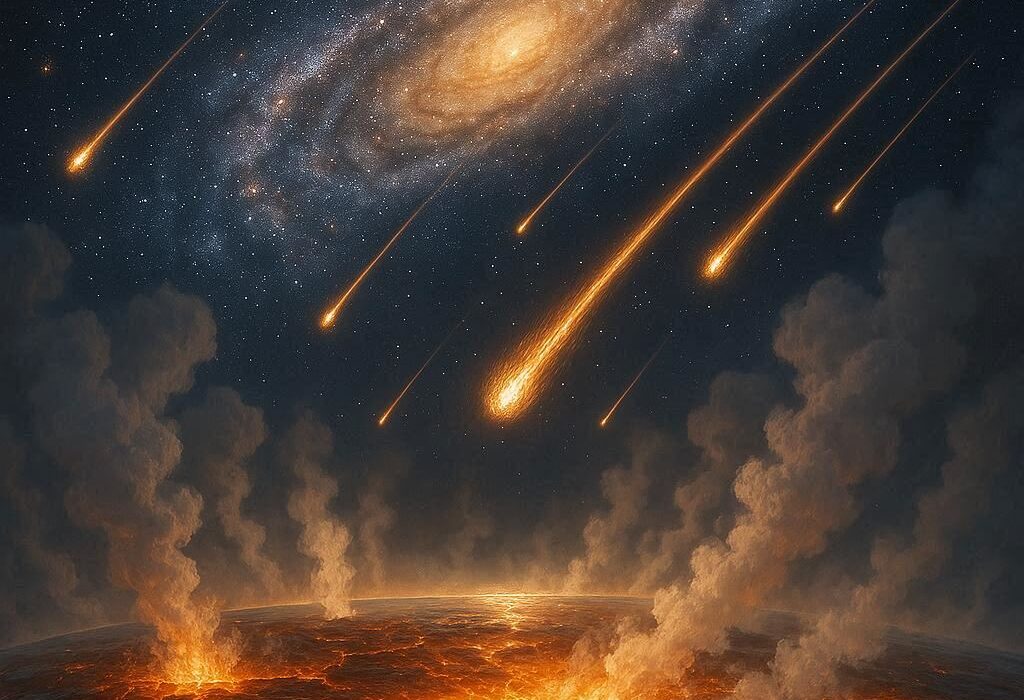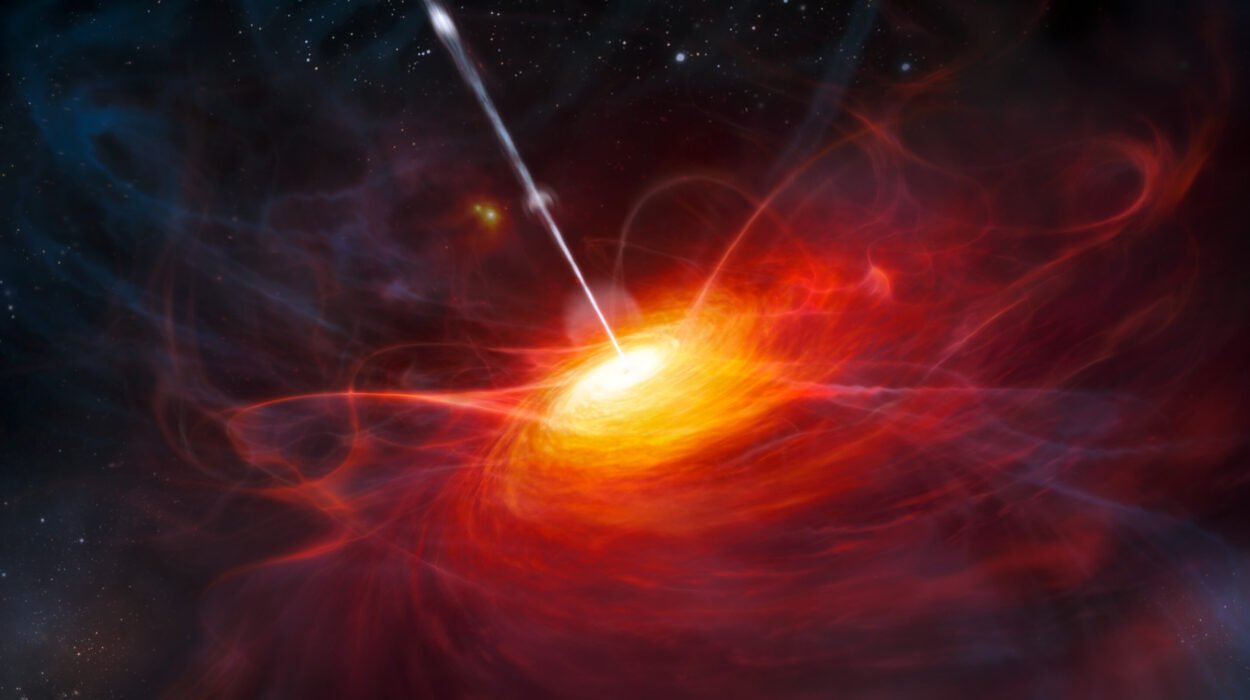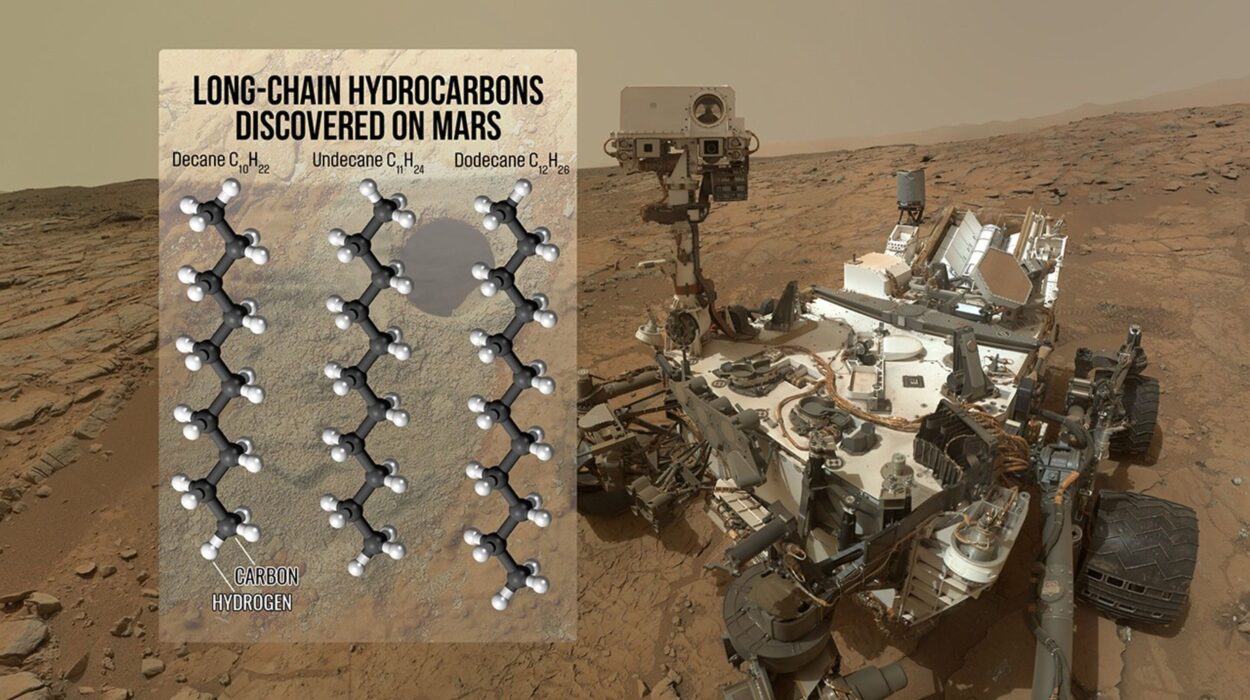When people think of archaeology, they often picture dusty ruins, hidden temples, or ancient relics buried beneath the earth. However, a groundbreaking study has introduced a new kind of archaeology—one that takes place not in the depths of forgotten civilizations, but in the vastness of space.
Instead of unearthing artifacts, astronomers are digging through data collected by NASA’s Chandra X-ray Observatory to study the remains of a star that exploded long ago. This form of “supernova archaeology” allows scientists to reconstruct the final moments of a dying star and understand how its violent death shaped the surrounding cosmos.
The focus of this celestial investigation is GRO J1655-40, a binary system that currently houses a black hole and a companion star. By studying the elemental fingerprints left behind by the star’s explosive death, researchers have uncovered crucial details about the ancient supernova that occurred over a million years ago.
The Birth of a Black Hole
GRO J1655-40 wasn’t always a system containing a black hole. Originally, it was a pair of massive, radiant stars orbiting each other in a cosmic dance. The larger of the two stars exhausted its nuclear fuel, triggering a catastrophic explosion known as a supernova.
When a supernova occurs, the outer layers of a star are expelled violently into space, leaving behind a compact remnant—often a neutron star or a black hole. In the case of GRO J1655-40, the core of the massive star collapsed under its own gravity, forming a black hole nearly seven times the mass of our Sun.
But the story doesn’t end there. The explosive debris from the supernova didn’t simply vanish into the void. Instead, some of it rained down onto the surviving companion star, chemically enriching it with the remnants of its deceased partner. This process left behind distinct traces that, millions of years later, astronomers have now uncovered.
The Evolution of a Cosmic Duo
The relationship between the black hole and its companion star has continued to evolve over time. Due to the gradual loss of energy through gravitational waves, the distance between the two celestial bodies has been shrinking. Eventually, the immense gravitational pull of the black hole became strong enough to start pulling material away from its surviving companion.
As the black hole siphons off matter from its neighbor, the captured material forms an accretion disk—an extremely hot, spinning disk of gas and dust spiraling around the black hole. This violent process generates intense friction and magnetic turbulence, causing some of the material to heat up and get expelled back into space in the form of powerful winds.
These high-energy winds are the key to the latest breakthrough in supernova archaeology. By studying the elements carried by these winds, astronomers can piece together the properties of the original star that perished in the explosion.
Unraveling the Star’s Secrets Through X-ray Analysis
The pivotal moment in this discovery came in 2005, when Chandra observed GRO J1655-40 during a period of heightened X-ray activity. Using its powerful instruments, Chandra recorded the X-ray spectra of the system, essentially capturing a chemical “fingerprint” of the elements present in the black hole’s outflowing winds.
This spectral data allowed scientists to identify the presence of 18 different elements, including oxygen, nitrogen, sulfur, and iron. By comparing these observations with computer models of supernova explosions, researchers were able to determine that the original star must have been about 25 times the mass of the Sun.
Even more intriguing, the exploded star was found to be rich in elements heavier than helium, meaning it had already undergone significant nuclear fusion in its core before its death. This suggests that it had lived a relatively short but highly energetic life before meeting its spectacular end.
Implications for the Future of Supernova Archaeology
This discovery, published in The Astrophysical Journal under the title “Supernova Archaeology with X-Ray Binary Winds: The Case of GRO J1655−40,” has opened up new possibilities for studying other supernova remnants in similar systems.
By applying the same techniques to different X-ray binary systems, astronomers can continue reconstructing the life cycles of stars that exploded millions of years ago. These findings help us understand how elements are distributed throughout the universe and how they contribute to the formation of new stars and planets—including our own solar system.
Ultimately, supernova archaeology is providing a new window into the history of the cosmos. Just as traditional archaeology allows us to learn about ancient human civilizations, this stellar excavation helps us uncover the hidden past of our galaxy, one exploding star at a time.
Reference: Noa Keshet et al, Supernova Archaeology with X-Ray Binary Winds: The Case of GRO J1655−40, The Astrophysical Journal (2024). DOI: 10.3847/1538-4357/ad3803
